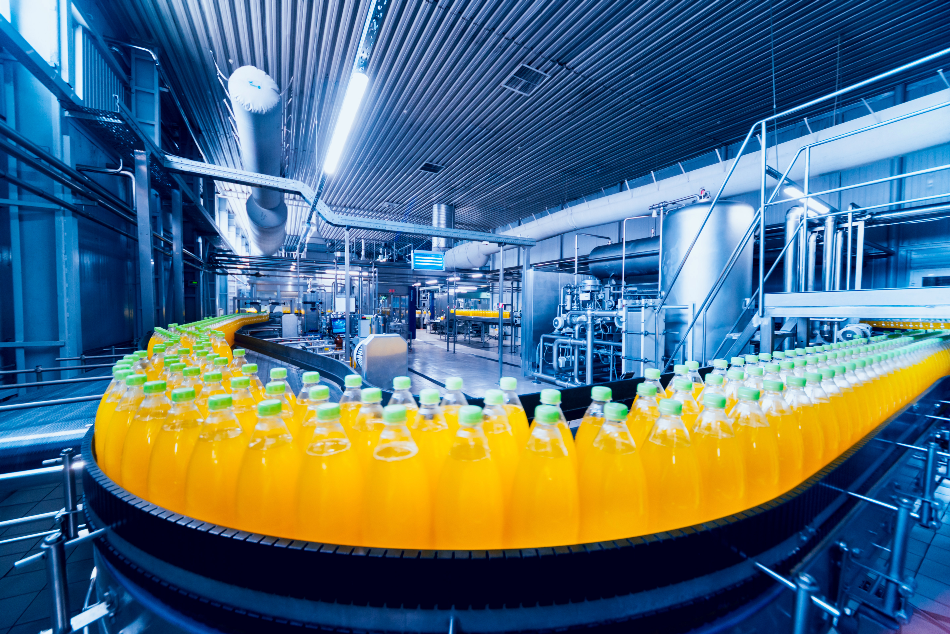
Roman Zaiets / Shutterstock
The market for nano-enabled packaging for food and beverages is expected to reach $15 billion by 2020, having experienced significant growth from $6.5 billion in 2013, representing an expansion of 12.7% CAGR.
What is Nano-Enabled Packaging?
Nanoparticles are of increasing interest to scientists exploring new innovations in a wide variety of sectors. The material’s nano-size gives them properties that are distinct from those that they have as a block material. It’s these properties that are being widely explored, and all the time, new applications of the material are being developed. The world of food packaging is one of these sectors looking to take advantage of the recently discovered particles.
Scientists have already developed numerous applications of nanoparticles in food and beverage packing, including the use of nanocomposites to improve on the barrier properties of film, the use of nanosensors nanomaterial-based assays for the detecting gasses, small organic molecules, and food-borne pathogens in order to protect the food, the development of nanosystems for controlled delivery of fresh produce, and the use of nanoparticles as potent antimicrobial agents to keep food fresh.
The impact of these innovations is that food and beverages are protected against factors that allow them to perish, and as a result food has a longer shelf life, and has been found to have improved taste, texture, color and consistency. The food can also be higher in nutrients due to being kept fresher for longer. Due to these benefits, the market has responded well and beginning to adopt these kinds of packaging.
Key Drivers of Growth
One of the key drivers of the growth of the nano-enabled packaging for the food and beverage market is the rapid development of nanotechnology itself. As scientists understand more about the potential of nanoparticles, and as innovations in nanotechnology are developed in diverse sectors, they can put this extended knowledge to work in creating better applications within food and beverage packaging. The growth in technology also promotes awareness of nanotechnology, helping to encourage its adoption.
Next, the introduction of new and innovative applications of nanotechnology in food and beverage packaging is also boosting the market. As researchers develop better products for a wider range of packaging needs, the industry is responding by adopting the products in order to reap their benefits.
The need to utilize packaging that is shelf-stable and traceable is also acting as a major market driver. It is becoming more and more important for customers to purchase products that are packaged with materials that are safe and traceable. Nano will play a big role in addressing this need.
Finally, the growth of the food and beverage market in general will, in turn, boost the nano-enabled packaging market. With exports being a key driver of the food and beverage sector, it is expected that the need for novel packaging techniques to keep food fresh over long distances will be in demand. Nano-enabled packaging has the capability to provide these innovations.
Future Growth Potential
While the market has shown vast growth over the past few years, and there are a number of key drivers predicted to keep momentum. It should be noted that the nano-enabled packaging market for food and beverages still only represents 3-4% of the total revenues of the food and beverages industry. Over the coming years, we can expect this revenue share to grow, as the drivers continue to catalyze growth. The Asia Pacific, Japan in particular, is expected to play a major role in its growth, with 50% of the revenue share currently being attributed to this region.
Source
Disclaimer: The views expressed here are those of the author expressed in their private capacity and do not necessarily represent the views of AZoM.com Limited T/A AZoNetwork the owner and operator of this website. This disclaimer forms part of the Terms and conditions of use of this website.